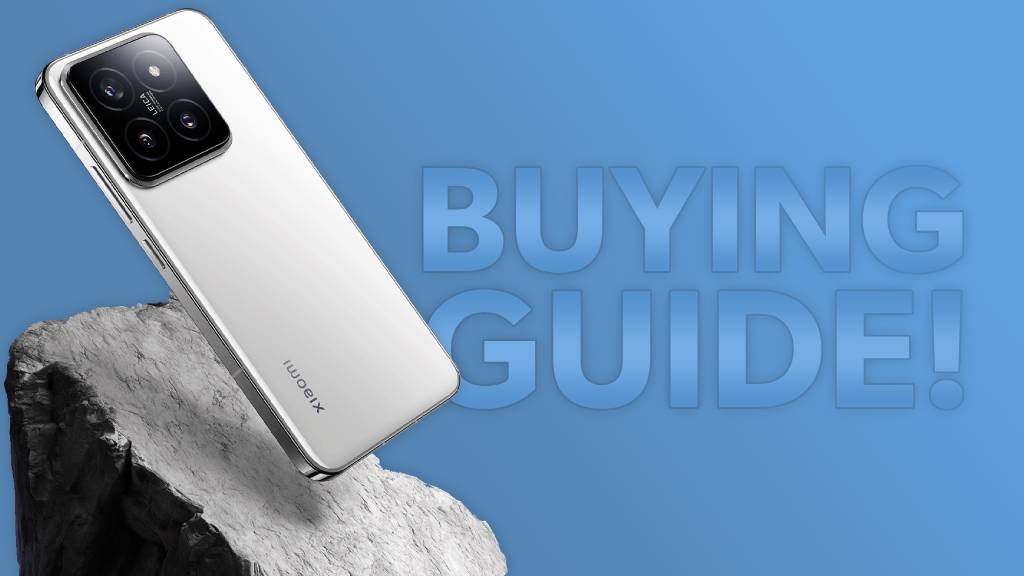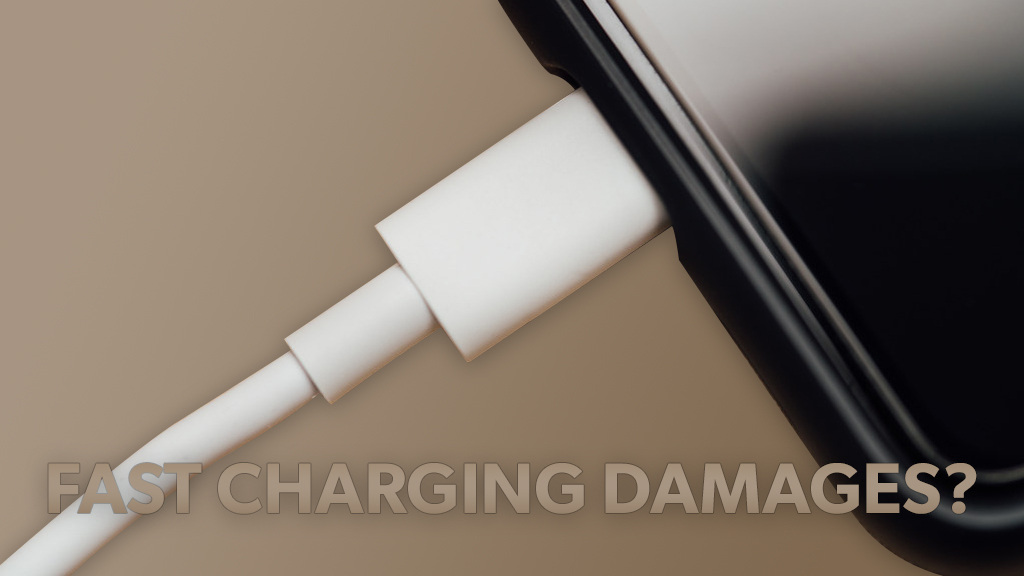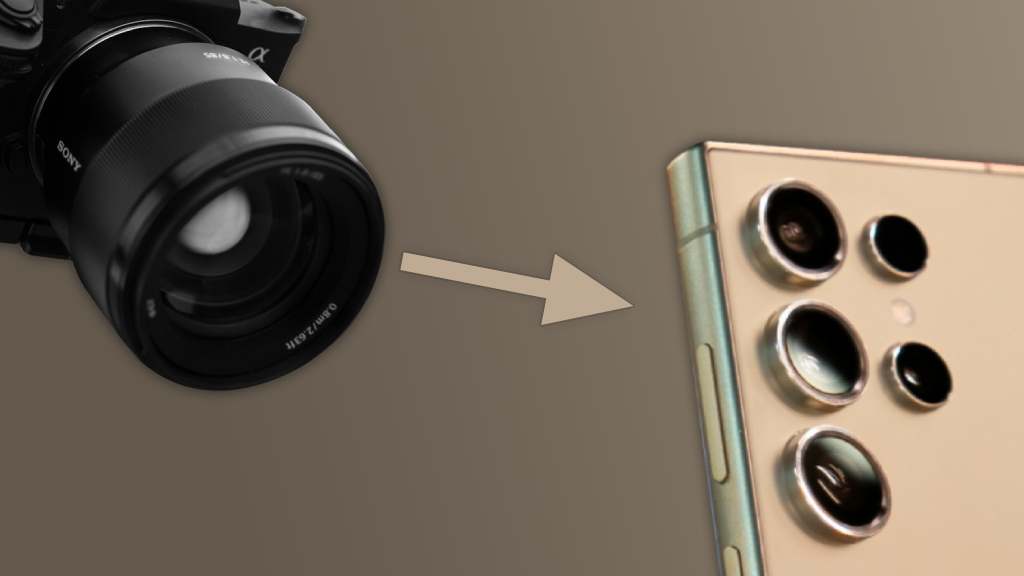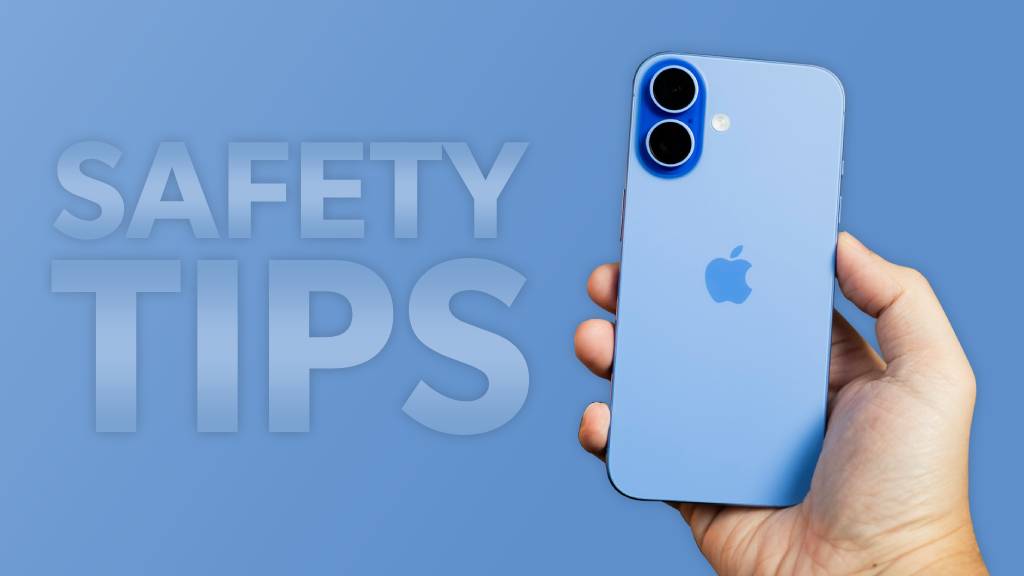Introduction
Choosing the right smartphone can feel overwhelming, but it doesn’t have to be. With so many options on the market, knowing what to look for can save you time, money, and frustration.
Whether you use your phone to stay connected, work efficiently, or capture memories, finding a device that matches your needs is essential.
This guide will help you understand the key features to focus on so you can make an informed decision. By the end, you’ll know exactly what to prioritize, whether you’re shopping on a budget or searching for a high-performance powerhouse.
Your smartphone is more than just a device, it’s a tool for your everyday life. Let’s find the one that fits perfectly.
Key Takeaways
- Identify Your Needs: Focus on how you’ll use the phone, casual tasks, high-performance activities, or photography, and choose features accordingly.
- Avoid Common Pitfalls: Don’t overpay for unnecessary features or ignore software updates and after-sales support.
- Do Your Research: Compare options, check reviews, and test the phone to ensure it offers the best value for your money.
Understanding Your Needs
Before choosing a smartphone, think about how you plan to use it. Understanding your daily habits and priorities will help you pick a phone that truly works for you.
If you’re a casual user, you might only need a phone for basic tasks like texting, calls, social media, and occasional web browsing. In this case, an affordable smartphone with essential features can meet your needs without breaking the bank.
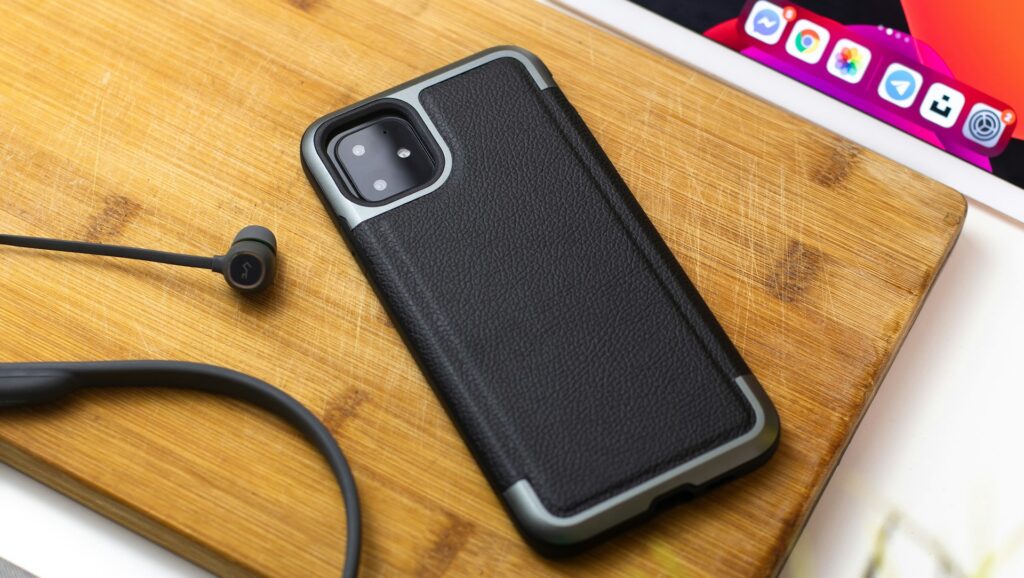
For high-power users, such as those who multitask heavily, edit videos, or use resource-intensive apps, performance is key. You’ll want a phone with a fast processor, plenty of RAM, and long battery life to keep up with demanding tasks.
Budget is another important factor. High-end flagship phones offer cutting-edge features, but mid-range devices can deliver excellent performance at a lower cost. If you’re on a tight budget, entry-level models may still provide the essentials without sacrificing too much quality.
By understanding your needs, you can narrow down your options and focus on features that matter most to you. This saves time and ensures you’ll be happy with your choice.
Key Features to Consider
When buying a smartphone, focusing on the right features can make a big difference. Here’s a breakdown of the key aspects to evaluate:
1. Performance
The processor and RAM determine how smoothly your phone runs. For everyday tasks, a mid-range processor with 4GB to 6GB of RAM works well.
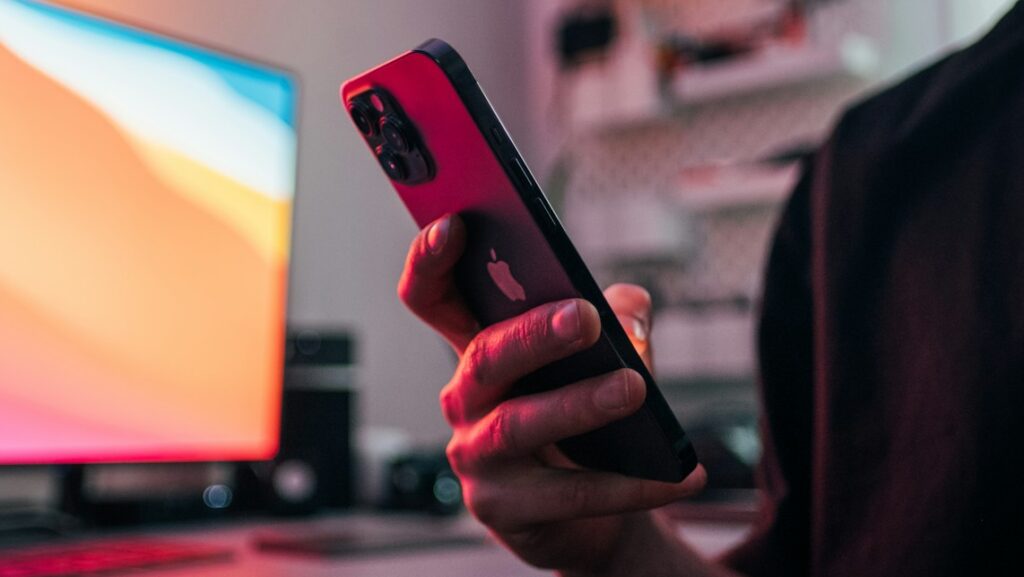
If you use your phone for high-power activities like multitasking or video editing, look for a faster processor like the Snapdragon 8 series or Apple A-series, paired with at least 8GB of RAM.
A phone with good performance ensures apps load quickly and multitasking feels effortless.
2. Display
Your screen affects how you experience videos, photos, and apps. Consider the size, larger displays are great for streaming and work, while smaller screens are easier to hold.

For clarity, look for a Full HD or higher resolution. OLED and AMOLED screens deliver vibrant colors and deeper blacks compared to LCD. But these screens also have the risk of developing those annoying green lines.
Moving on, if you want a smoother experience, prioritize screens with higher refresh rates (90Hz or 120Hz).
3. Battery Life
A long-lasting battery keeps you connected all day. Phones with at least 4,500mAh batteries are ideal for most users.

Look for models that support fast charging, so you can quickly top up your phone during busy days. Wireless charging is another convenient feature if you’re always on the go.
4. Camera Quality
A good camera captures your favorite moments with ease. Don’t just focus on megapixels, look for features like low-light performance, optical image stabilization, and high-quality zoom.
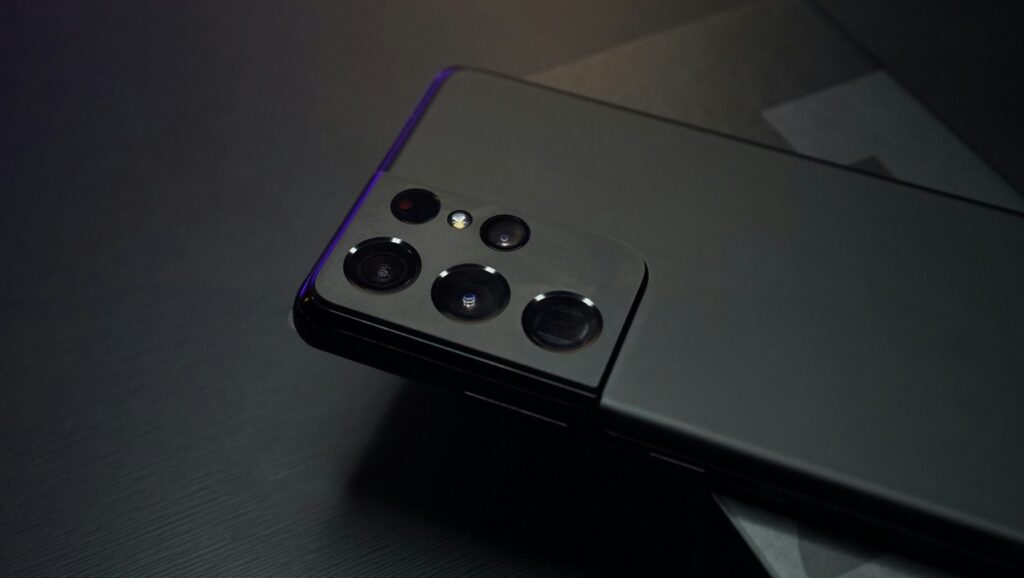
If you take a lot of videos, ensure the phone supports 4K or higher resolution and offers steady recording.
5. Software and Updates
Your phone’s software impacts its ease of use and security. Choose a phone with an operating system you’re comfortable with, like Android or iOS.
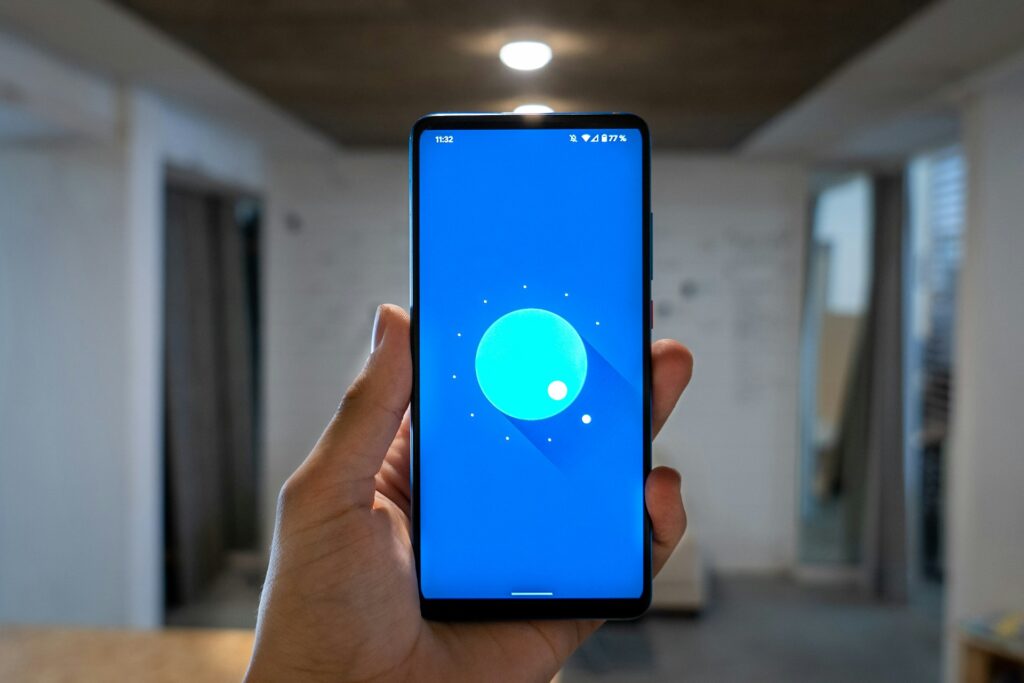
Check how often the brand provides updates, as regular updates ensure your phone stays secure and runs efficiently over time.
6. Storage Options
Think about how much space you’ll need. If you store a lot of photos, apps, or videos, choose a phone with at least 128GB of internal storage.
Some phones offer expandable storage with microSD cards, which can be useful if you need extra room.
7. Connectivity
Modern smartphones should support 5G to ensure fast internet speeds in the future. Also, check for the latest Wi-Fi and Bluetooth versions to ensure better connectivity with other devices.

If you use wired accessories, ensure the phone has the right ports, like USB-C or Lightning.
8. Build Quality and Design
Durability matters, especially if you’re prone to drops or spills. Phones with water and dust resistance (IP67 or IP68 ratings) are more reliable in tough conditions.
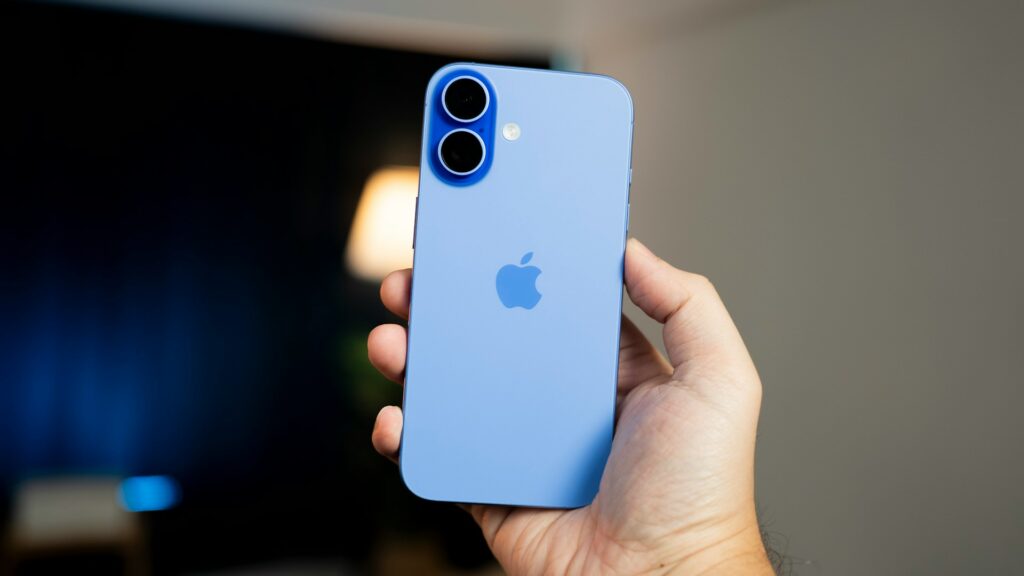
Moreover, choose a design that feels comfortable in your hand and fits your style, whether you prefer a sleek glass back or a sturdy metal finish.
9. Additional Features
- Extra features like biometric security (fingerprint or facial recognition) add convenience and security.
- If you’re a high-power user, look for phones with advanced cooling systems to handle heavy multitasking without overheating.
- Compatibility with smartwatches or wireless earbuds can also enhance your overall experience.
Focusing on these features will help you find a smartphone that fits your lifestyle, keeps up with your demands, and offers great value for your money.
Common Mistakes to Avoid

Buying a smartphone can be tricky, and it’s easy to make mistakes that lead to regret. Avoid these common pitfalls to ensure you make a smart purchase:
1. Prioritizing Brand Over Features
It’s tempting to stick to well-known brands, but don’t let a logo overshadow what you truly need.
A lesser-known brand might offer the features you want at a lower price. Compare specifications and reviews before making your decision.
2. Overpaying for Unnecessary Features
High-end smartphones often include cutting-edge features like advanced cameras or premium materials.
Ask yourself if you’ll actually use these features. If not, you might save money by choosing a mid-range model that meets your needs.
3. Ignoring Software Updates
A phone’s longevity depends on software updates. Some brands provide updates for several years, while others stop support after a short time.
Always check how long the manufacturer promises updates to keep your device secure and functional.
4. Skipping Battery Life Checks
A phone packed with features is useless if it doesn’t last through the day.
Don’t rely on the brand’s marketing claims, check reviews and real-world battery tests to ensure the phone performs well under regular use.
5. Forgetting After-Sales Support
Even the best smartphones can face issues. Research the brand’s customer service reputation and warranty policies. A phone with poor support can lead to frustration if something goes wrong.
6. Buying Without Hands-On Experience
Photos and specs only tell part of the story. If possible, visit a store to test the phone.
Pay attention to how it feels in your hand, how responsive the screen is, and whether the interface is user-friendly.
7. Focusing Solely on Camera Megapixels
High megapixel counts don’t always mean better photos. Image processing, lens quality, and software optimization play a bigger role.
Look at sample photos or watch camera reviews for a better idea of the phone’s performance.
By avoiding these mistakes, you can save money, avoid frustration, and find a smartphone that truly fits your lifestyle and expectations.
Checklist Before Purchase
Before buying a smartphone, take a moment to review this checklist. It ensures you’re making the right choice and getting the most value for your money.

✔️Set Your Budget
Decide how much you’re willing to spend. Knowing your budget helps you focus on phones that fit within your price range, saving time and preventing overspending.
✔️List Your Must-Have Features
Write down the features that matter most to you. Do you need a powerful processor, a long-lasting battery, or an excellent camera?
By prioritizing your needs, you can avoid paying for features you won’t use.
✔️Compare Options
Research a few phones that meet your criteria. Use comparison websites like GSMArena or tools to see how their specifications stack up side by side. This helps you identify the best value.
✔️Read Reviews and User Feedback
Check online reviews and watch videos from trusted sources. Look for feedback on performance, battery life, and durability.
User reviews often highlight real-world pros and cons that specs don’t show.
✔️Test the Phone in Person
If possible, visit a store to try out the phone. Hold it, check the screen quality, and see how it performs. A hands-on experience can reveal whether the phone feels right for you.
✔️Verify Software Update Policies
Make sure the phone will receive regular software updates for security and performance. This keeps your device up to date and functioning well over time.
✔️Look for Discounts and Deals
Shop around to find the best price. Check for seasonal sales, trade-in offers, or discounts through carriers. You might save a significant amount with a little research.
✔️Confirm Warranty and After-Sales Support
Understand the warranty terms and research the brand’s customer service reputation. A good warranty gives peace of mind if something goes wrong.
✔️Check Return Policies
Make sure the store or online platform offers a hassle-free return policy. This way, if the phone doesn’t meet your expectations, you can exchange or return it easily.
Using this checklist ensures you don’t miss any important details and helps you choose a smartphone that perfectly fits your needs.
Conclusion
Choosing the right smartphone doesn’t have to be overwhelming. By focusing on your needs, comparing features, and avoiding common mistakes, you can find a device that fits your lifestyle and budget perfectly.
Start by understanding how you’ll use the phone—whether for everyday tasks, high-power multitasking, or capturing great photos.
Consider essential features like performance, battery life, and storage to ensure the phone meets your expectations. Don’t forget to check reviews, test the phone in person if possible, and look for deals to get the best value.
Remember, a smartphone is more than a gadget, it’s a tool that connects you to the world, helps you stay productive, and makes life more convenient.
Taking the time to choose the right one ensures you’ll be happy with your decision for years to come.
Now that you know what to look for, it’s time to start exploring your options. Whether you’re upgrading or buying your first smartphone, you’re ready to make an informed choice. Make Smart Purchases!
Note: Any verdict given by us on any of the companies, or specs of a device is subjective. Our preferences can be different from yours, so be sure to conduct your own research to make a decision that is good for you.
Frequently Asked Questions (FAQs)
Phonesaaz aims to guide users toward making informed purchase decisions by offering clear, jargon-free insights. It covers product comparisons, reviews, and targeted guides to address specific aspects of smartphone use.
